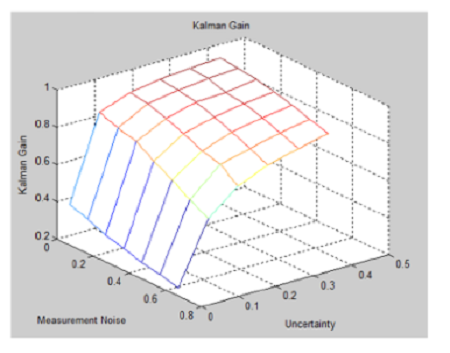


Indian Journal of Science and Technology
Year: 2022, Volume: 15, Issue: 13, Pages: 570-583
Original Article
Abdelhady Naguib1,2*
1Assistant Professor, Computer Science Department, Faculty of sciences and Arts, Jouf University, Tubarjal, Skaka, Saudi Arabia
2Associate Professor, Systems and Computers Engineering Department, Faculty of Engineering, Al Azhar University, Cairo, Egypt
*Corresponding Author
Email: [email protected]
Received Date:16 May 2020, Accepted Date:11 February 2022, Published Date:29 March 2022
Objectives: The objectives of this study is to propose a localization scheme that meets the requirements of Mobile Sensor Networks (MSNs) in terms of high localization accuracy, lower power consumption and high network coverage. Methods: In this study, a localization scheme has been proposed to allow sensor nodes to estimate their locations using information transmitted by a set of anchor nodes that know their own locations. The proposed scheme performs localization process in a more general network environment where no special hardware for ranging is available, the prior deployment of anchor nodes is unknown, the anchor nodes density is low, the node distribution is irregular, and where sensor nodes and anchors can move uncontrollably. The proposed scheme applies the Kalman Filter (KF) technique to combine the information from anchor nodes to estimate the location of sensor nodes. The KF takes into account the different uncertainties and error sources that disturb the localization process. Findings: The proposed scheme has been compared with the two classes of Flexible Optimal Kalman Filtering FOKF algorithm (FOKFO and FOKF-R) under different mobility models and extensive simulations in large scale network. The results show that the proposed scheme has a lower localization error and lower communication cost than the FOKF algorithm which leads to maximizing network lifetime and energy saving. The proposed scheme has an improved percentage of localization accuracy than FOKF-O and FOKF-R by 5.0% and 4.0% respectively, also it has an improved percentage of coverage than FOKF-O and FOKF-R by 10.0% and 5.0% respectively, finally it has a less number of transmitted beacon messages than FOKF-O and FOKFR by 171 and 113 packets respectively which leads to maximizing network lifetime. Novelty/Applications: The proposed scheme is considered a suitable localization solution for resource-limited sensor nodes in terms of memory limitations, energy consumption and localization accuracy.
Keywords: Localization; Mobile Sensor Networks; Kalman Filter; FOKFO; FOKFR
© 2022 Naguib. This is an open-access article distributed under the terms of the Creative Commons Attribution License, which permits unrestricted use, distribution, and reproduction in any medium, provided the original author and source are credited.
Published By Indian Society for Education and Environment (iSee)
Subscribe now for latest articles and news.